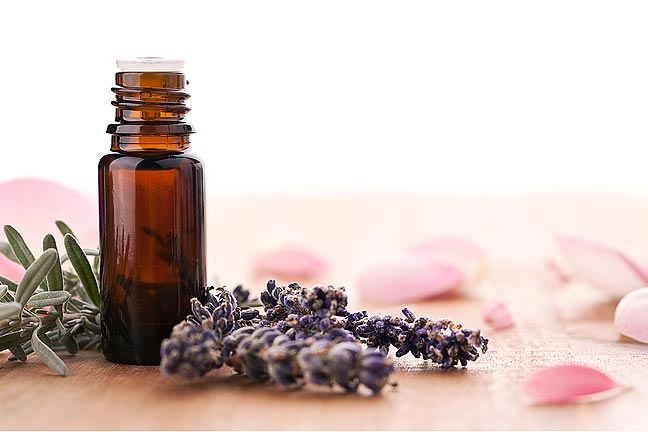Your lymphatic system is your body’s unsung hero, tirelessly working behind the scenes to detoxify, regulate fluids, and bolster your immune defenses. A well-functioning lymphatic system is crucial for overall health, as it removes waste, excess fluids, and toxins from the body. Want to supercharge your lymphatic health? Dive into the best diet for the lymphatic system! Below, we highlight the top 10 foods for lymph drainage that can enhance your vitality and well-being.
1. Leafy Greens: Nature’s Detoxifiers
Start your journey with vibrant leafy greens like spinach, kale, and Swiss chard. These powerhouses are loaded with nutrients and fiber, and they boast chlorophyll, which is known for its detoxifying properties. The high water content in these greens helps hydrate your body, promoting the flow of lymphatic fluid. Incorporating leafy greens into your meals is a delightful way to enhance your diet and support your lymphatic system.
2. Berries: Tiny Powerhouses of Nutrition

Berries are not only delicious but also packed with antioxidants and polyphenols. Blueberries, strawberries, and raspberries can significantly reduce inflammation and oxidative stress, benefiting your lymphatic health. By adding a colorful medley of berries to your breakfast or snacks, you’re tapping into one of the best foods for lymph drainage and supporting your body’s natural detoxification processes.
3. Citrus Fruits: Zesty Immune Boosters
Brighten your plate with citrus fruits like oranges, grapefruits, and lemons. Rich in vitamin C and bioflavonoids, these fruits do wonders for your immune system and enhance circulation—key components for a healthy lymphatic system. Plus, the acidity in citrus helps break down toxins. Enjoy a refreshing citrus salad or a morning glass of lemon water for a zesty start to your day!
4. Cruciferous Vegetables: Detox Champions

Broccoli, cauliflower, and Brussels sprouts are your allies in detoxification. These cruciferous vegetables contain sulfur compounds that support liver function and promote healthy digestion. High in fiber, they help prevent constipation, a common issue linked to lymphatic congestion. Adding these veggies to your diet ensures you’re well on your way to maintaining a healthy lymphatic system.
5. Garlic: A Flavorful Superfood
Garlic is more than just a flavorful seasoning; it’s a potent food for lymphatic health! Known for its allicin content, garlic has anti-inflammatory and antimicrobial properties that support detoxification, enhance circulation, and boost immunity. Sprinkle fresh garlic on your dishes for a delicious and health-promoting addition to your meals.
6. Beets: Vibrant Helpers for Detoxification
Looking for a colorful addition to your plate? Beets are not only visually appealing but also packed with antioxidants and nitrates that promote blood flow and lymphatic drainage. These earthy roots reduce inflammation and support liver function, making them a must-have in your quest for the best foods for lymph drainage. Roast them, juice them, or toss them in salads for a nutrient boost.
7. Avocado: Creamy Nutrition Bombs
Avocados are rich in healthy fats, fiber, and antioxidants. They contain polyphenols that reduce inflammation and support lymphatic health. The monounsaturated fats in avocados promote cardiovascular health and aid in the absorption of fat-soluble vitamins. Mash them on toast, blend them into smoothies, or add slices to your salads for a creamy, nutritious treat.
8. Red Foods for Inflammation: Nature’s Anti-Inflammatories
Embrace red foods like tomatoes, red bell peppers, and cherries, which are loaded with lycopene and anthocyanins. These compounds are known for their strong anti-inflammatory properties, helping reduce swelling and promote healthy circulation. Incorporating these vibrant foods into your diet can enhance your lymphatic health and make your meals more exciting.
9. Nuts and Seeds: Crunchy Nutritional Allies

Nuts and seeds—think almonds, walnuts, and flaxseeds—are excellent sources of omega-3 fatty acids, fiber, and protein. These nutrients help combat inflammation and support lymphatic health. The healthy fats found in nuts and seeds also aid in nutrient absorption and overall wellness. Snack on a handful or sprinkle them on your salads to give your lymphatic system a delicious boost.
10. Green Tea: A Sip of Health
Last but not least, green tea is a fantastic addition to your daily routine. Packed with catechins—powerful antioxidants—green tea improves lymphatic circulation and supports detoxification processes. Enjoy a warm cup in the morning or a refreshing iced version in the afternoon to stay hydrated while promoting lymphatic health.
Linda Anne Kahn’s Insights on Lymphatic Health
When it comes to understanding lymphatic health, few are as qualified as Linda Anne Kahn. A certified lymphatic therapist, integrative health coach, and clinical aromatherapist, Linda brings over three decades of experience to the table. She co-authored the Lymphedema and Lipedema Nutrition Guide and contributed to the United States Standard of Care for Lipedema. As a lipedema patient herself, Linda deeply understands the importance of nutrition in supporting lymphatic health.
By embracing these nutrient-rich foods, you can significantly enhance your lymphatic system’s performance and overall well-being. As Linda advocates, adopting the best diet for lymphatic system health is vital for individuals facing lymphatic challenges, helping promote healing and vitality.
Conclusion
Boosting your lymphatic system is not solely about regular exercise and hydration; it begins with the foods you consume. Incorporating the top 10 foods mentioned above into your daily meals can set you on the path toward a healthier lymphatic system. By making these nutrient-dense foods staples in your diet, you can promote lymphatic drainage, reduce inflammation, and enhance your overall health.
Ready to embark on your journey to improved lymphatic health? Consider consulting with an expert like Linda Anne Kahn or a qualified healthcare professional. Together, you can develop a personalized nutrition plan tailored to your needs, ensuring you feel your best every day.
So, what are you waiting for? Start incorporating these fantastic foods into your diet and empower your lymphatic system today!


















